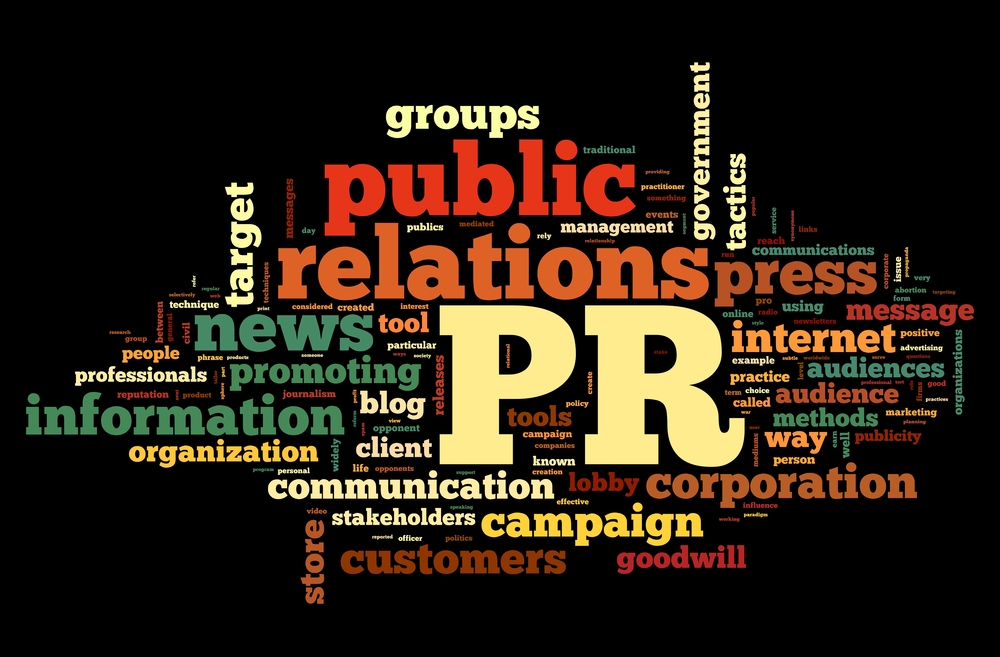
Launching a startup into the spotlight is no easy feat, especially when faced with anonymity. However, employing the StoryPress Techniqueproved to be a game-changer for our platform and application, lettrs. In just six weeks, we secured coverage from prestigious outlets like the Wall Street Journal, All Things D, NPR, Mashable, Time, The Next Web, and the BBC.
- Early Recognition:Within a year, Bloomberg, Businessweek, Venture Beat, The Courant, Technically Brooklyn, Finance Yahoo, Mobile Marketer, and Inside Mobile Apps featured lettrs.
- Industry Acknowledgment:In a little over a year, lettrs was honored as the best Android App by Google.
- Financial Milestone:The startup successfully raised $1.5 million in its first year.
- Global Impact:Operating in 174 countries, supporting 80 languages, and generating a staggering 740 million impressions within its inaugural year.
The intriguing aspect? Achieving these milestones without an extensive marketing budget, established media connections, or a recognizable brand name.
The Power Of StoryPress Technique:
The StoryPress Technique comprises five key steps to elevate your businesswithout breaking the bank:
Step 1 - Develop A Compelling Hook
In the ever-crowded landscape of startups, the key to standing out lies in transforming ordinary facts into an extraordinary narrative. The journey of lettrs exemplifies this first step – the art of developing a compelling hook. By framing the story as "Reinventing Old-Fashioned Letter Writing for the Digital Age," we strategically tapped into the emotional reservoirs tied to the timeless practice of letter writing. This narrative not only captured attention but also resonated with the audience, laying the groundwork for an unforgettable tale.
Step 2 - Provide Comprehensive Resources
Journalists, often inundated with pitches, need seamless access to resources that breathe life into your story. In the case of lettrs, we went beyond conventional PR approaches. We offered journalists a comprehensive toolkit, including free product access, visually captivating assets such as images and infographics, detailed fact sheets, and even opportunities for customer interviews. By anticipating and fulfilling every element a journalist might need, we ensured that telling our story became as effortless as it was compelling.
Step 3 - Target The Right Media
A laser-focused approach to media outreach is paramount. Identifying and connecting with media outletsthat align with your narrative significantly enhances your chances of coverage. For lettrs, precision mattered. Instead of adopting a broad approach, we honed in on technology features and applications writers. This targeted strategy not only streamlined our outreach efforts but also increased the likelihood of resonating with the right audience. As a result, our story found its way into outlets that could genuinely appreciate and amplify the narrative.
Step 4 - Coach Your Spokesperson
A pivotal element in the success of any PR strategy is the ability of a spokesperson to eloquently convey the essence of the story. Crafting a compelling narrative requires more than just words—it demands a spokesperson who can articulate key messages with clarity and resonance. In the realm of lettrs, ensuring our spokesperson was adept in using relatable language, weaving engaging stories, citing compelling statistics, and delivering memorable soundbites became paramount. By refining these skills, we not only ensured effective communication but also elevated the overall impact of our storytelling.
Key Strategies For An Effective Spokesperson:
- Begin with Key Messages:Initiate the spokesperson coaching process by outlining the core messages you want to convey. These messages should align with the overall narrative and encapsulate the essence of your brand or product.
- Visualize the Ideal Headline:Encourage spokespersons to visualize the ideal headline and first paragraph. This exercise helps to solidify key points and ensures that these remain at the forefront during interactions with the media.
- Memorable Language:Advise the use of memorable and easy-to-understand language. Jargon should be eliminated, and instead, opt for words and sentence structures that facilitate a smooth and comprehensible story flow.
- Incorporate Stories, Stats, and Soundbites:Stories breathe life into facts, and statistics add credibility. Soundbites, those succinct and impactful phrases, create a lasting impression. A well-prepared spokesperson seamlessly weaves these elements into the conversation.
- Anticipate and Prepare:A successful interview hinges on preparation. Anticipate potential questions, request them in advance if possible, and research the interviewer's previous work to align responses with their style and interests.
- Control the Narrative:Provide guidance on steering the conversation back to key points. Using bridging phrases such as "As I was saying" ensures that the interview remains aligned with the intended message.
Practice Makes Perfect:
To refine these skills, conducting practice interviews is invaluable. It not only helps to identify potential stumbling blocks but also instills confidence in the spokesperson. The ability to navigate interviews with finesse can make or break the success of a PR campaign.
Step 5 - Create Measurable Assets
While the impact of PR efforts can be challenging to quantify, it's essential to develop measurable assets that gauge success over time. The StoryPress Technique extends beyond storytelling to encompass tangible metrics that reflect the campaign's effectiveness.
Measuring PR Success:
- Awareness:Quantify the number of individuals exposed to your earned media. Tools like Google Analyticsand social mediainsights can provide valuable data.
- Share of Voice:Determine the portion of press coverage within your industry that your campaign secured. This metric reflects the visibility and influence of your narrative.
- Sentiment Analysis:Assess the positivity and alignment with key messages in the press coverage. This analysis provides insights into how well your story resonates with the audience.
- Qualified Web Traffic:Track the number of referralsoriginating from earned media. This metric indicates the effectiveness of your narrative in driving web traffic.
- Search Rank:Measure improvements in search enginerankings resulting from mentions in earned media. A higher search rank enhances discoverability.
- Leads and Sales:Attribute downloads, registrations, or form requests to specific PR initiatives. The ultimate goal is to convert leads generated through PR into actual sales.
Conclusion
As we wrap up this exploration of The StoryPress Technique, the journey from startup anonymity to making headlines in prestigious media outlets serves as a testament to its transformative potential. The ability to craft a compelling narrative has propelled ventures into the spotlight, generating a media bonanza with top-tier stories featured in the Wall Street Journal, Time, Mashable, and other influential platforms.
While acknowledging the challenges and hard work involved, The StoryPress Technique stands as a beacon of strategic storytelling, ensuring that your efforts yield meaningful results. Unlike conventional approaches that risk wasting reporters' time with self-promotional and uninspiring content, this technique provides a structured framework for success.
Now, the stage is set for you to embark on your own narrative journey. Armed with the insights and methodologies of The StoryPress Technique, are you ready to make your mark? The power to transform your businesslies in your hands—seize it with the compelling force of your story.
